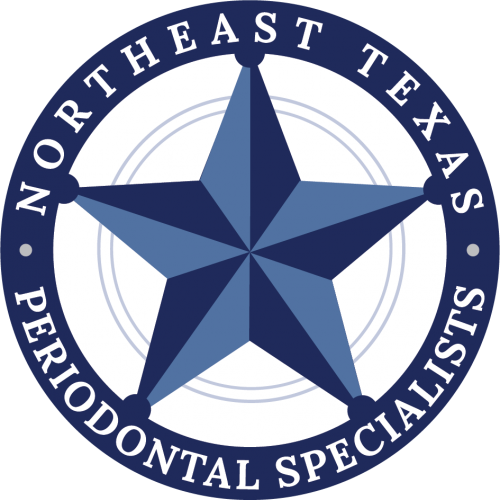Dental implants have revolutionized the way we approach tooth replacement. These titanium fixtures offer a durable and aesthetically pleasing solution, restoring functionality and confidence. However, even implants are susceptible to challenges. Peri-implantitis, an inflammatory condition affecting the gum tissue around them, can compromise their stability and potentially lead to their loss. But before you resign yourself to the prospect of expensive replacements, consider LAPIP – a potentially life-saving laser treatment.
Breaking Down the Acronym: What Does LAPIP Stand For?
LAPIP stands for Laser Assisted Peri-Implantitis Protocol. It's a minimally invasive procedure specifically designed to treat peri-implantitis and potentially save failing dental implants. Unlike traditional surgical methods that involve cutting and suturing, LAPIP leverages the power of a specialized laser to address the root cause of the issue and promote healing.
Shining a Light on the Science: How Does LAPIP Work?
The LAPIP protocol involves a series of meticulous steps:
1. Diagnosis and Assessment: Your dentist will meticulously assess the extent of peri-implantitis and determine if LAPIP is the appropriate course of action.
2. Laser Disinfection: A specific laser wavelength precisely targets and eliminates infected tissue and harmful bacteria around the implant, minimizing damage to healthy tissue.
3. Deep Cleaning: Ultrasonic scalers meticulously remove any remaining debris and further clean the implant surface, creating a clean and healthy environment for healing.
4. Tissue Regeneration: The laser stimulates and promotes the growth of new healthy tissue around the implant, solidifying its foundation and fostering healing.
5. Post-Treatment Care: Your dentist will provide specific instructions regarding oral hygiene practices and follow-up appointments to monitor the healing process.
Why Choose LAPIP? Exploring the Advantages:
Compared to traditional surgery, LAPIP provides several attractive benefits for patients:
* Minimally Invasive: The procedure prioritizes tissue preservation, leading to reduced bleeding, discomfort, and swelling, fostering a quicker and more comfortable experience.
* Faster Healing: The lack of incisions and sutures allows for rapid healing, often enabling patients to resume their normal activities within a few days.
* High Success Rate: Studies report a 95% success rate in saving failing implants, offering a high probability of regaining implant functionality and potentially saving on the cost of replacements.
* Preserved Aesthetics: By addressing peri-implantitis and promoting tissue regeneration, LAPIP helps maintain the natural appearance of your smile.
* Potentially Reduced Risk of Future Complications: LAPIP aims to address the root cause of the problem instead of simply managing symptoms, potentially decreasing the risk of future complications.
Is LAPIP Right for You?
If you're experiencing symptoms of peri-implantitis, such as:
* Redness or swelling around the implant
* Bleeding gums
* Loose implant
* Pain or discomfort
* Pus drainage
It's crucial to schedule an appointment with your dentist to discuss LAPIP. However, only a qualified dental professional can definitively assess your specific situation and determine if LAPIP is the right course of action for you.
Beyond the Acronym: Making Informed Decisions about Your Oral Health:
While LAPIP offers a promising solution, it's essential to consider other factors:
* Availability: Not all dentists offer LAPIP, so finding a qualified practitioner familiar with the procedure is important.
* Cost: LAPIP can be expensive, and insurance coverage for the treatment may vary.
* Individual Suitability: Your dentist will thoroughly evaluate your medical history and the specific condition of your implant to determine if LAPIP is suitable for you.

